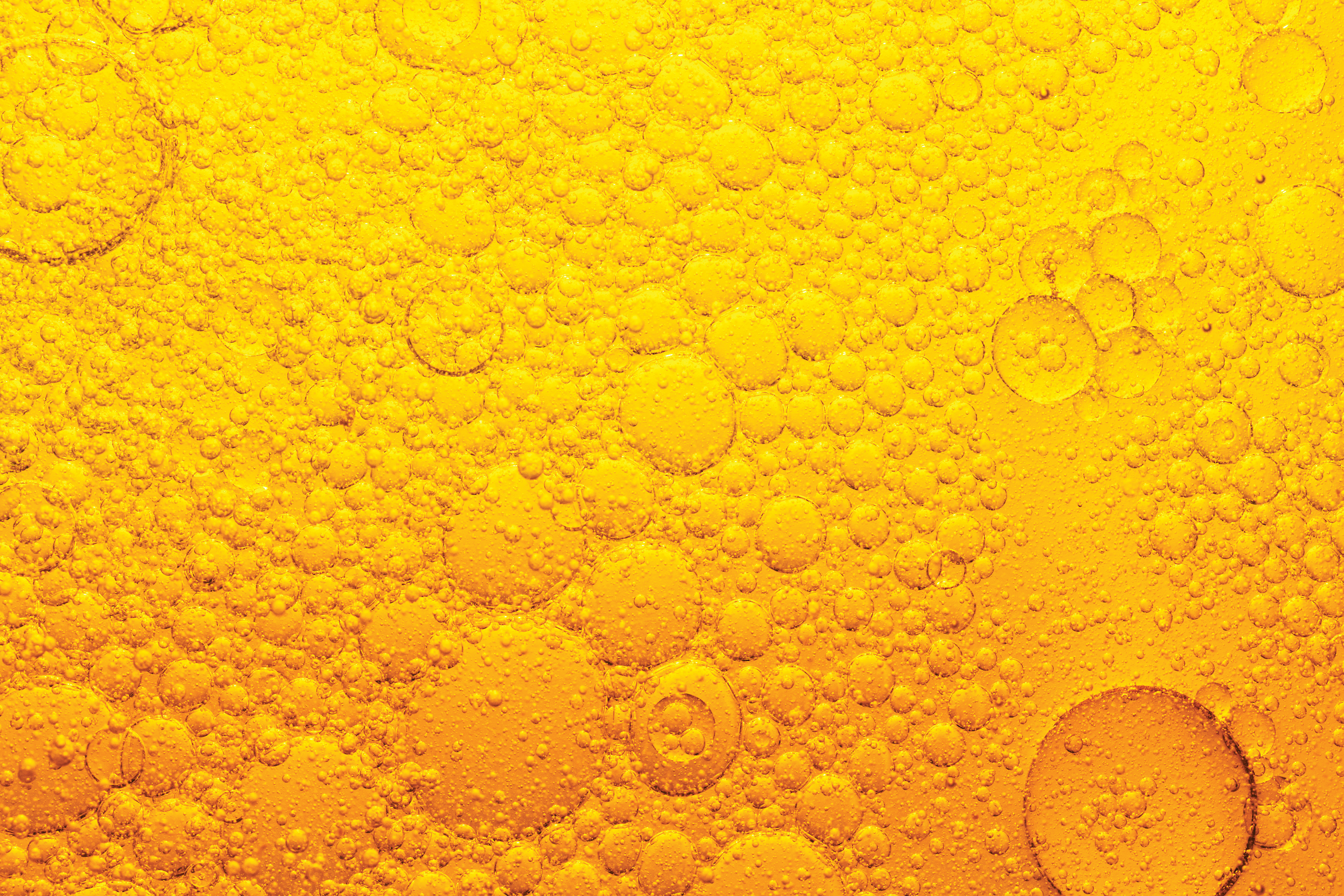
Effective heavy equipment lubrication is entirely dependent upon sound lubricant selection, storage, application and maintenance of the lubricants themselves.
The oil in every machine, regardless of type is in reality another component within that machine and requires the same care and attention that one would apply to any of the components.
Maintenance personnel must understand lubricant specifications. Oil companies frequently reformulate oils to meet manufacturers changing standards, demands of industry and changes to environmental standards. Depending on the make, model and year of manufacture, a diesel engine might be equipped
with soot reducing devices such as diesel particulate filters (DPF), with or without oxidation catalysts or exhaust gas re-circulation systems. Newer low emission engines now include catalytic reduction or increased exhaust gas re-circulation systems.
As a result, lubricants should never be selected based on price, but on the specific design requirements and operating conditions that a piece of heavy equipment
may be subjected to. These include the operating environment (is the environment dirty and dusty)? Is the equipment subjected to extreme temperature variations (hot summer temperatures versus cold weather conditions)? Does the operation include high speeds or shock loading conditions? These are just a few of the considerations when choosing heavy equipment lubricants.
1. What process do you follow when selecting lubricants?
Logic: oil companies and suppliers are available to carry out onsite lubrication surveys and these are encouraged in order to select the right lubricants for applicable equipment. The results are compared with manufacturer’s lubricant recommendations that will result in the right lubricant being selected for each equipment type. This strategy is recommended annually, or whenever a new piece of equipment is brought on site.
2. Once selected, are the lubricants properly stored?
Logic: heavy equipment is considered mobile and of necessity is located at various locations on the site. There is a tendency to have lubricants located close to the equipment in drums or pails near the location. Lubricants that are outside in the environment are subjected to changes in climatic conditions leading to careless access to the lubricants by operators and topping off reservoirs without pre-filtering, all of which creates contamination.
On these remote sites, it is recommended that a mobile lubrication unit operated by a trained lubrication specialist be considered. He (or she) should know the equipment and the applicable lubricants, and will notice potential maintenance problems during relubrication activities. Another sound practice is to have a central lubricant storage facility located in the repair shop where lubricants are climate controlled and cleanliness of pumps, containers and drums
are paramount.
3. Is an oil analyses program used for every piece of critical equipment?
Logic: oil analysis should be applied to all components of equipment considered critical. These guidelines are recommended when taking oil samples; flush the sampling valve or suction pump prior to sample taking (to remove contaminants from a previous sample), then take the oil sample while the equipment is running or immediately after shut down ensuring a representative sample that has reached operating temperature.
In order to obtain trustworthy analysis reports, oil samples should be taken at the ‘same interval,’ the ‘same location,’ using the ‘same method,’ under the same operating guidelines, if trend data, repeatability and reliability are to be expected. For new or rebuilt components, results of three oil samples are necessary in order to establish a meaningful wear rate trend. Oil samples obtained sporadically or carelessly result in reports that are misleading.
4. Does the maintenance department regularly upgrade tradespersons on lubricant specifications and oil analyses report interpretation?
Logic: lubricant quality issues include an understanding of acid and base number, viscosity, contamination, component wear rate determination, and a fundamental knowledge of ASTM (American Society of Testing and Materials) oil testing methods. Key maintenance personnel should understand these methods.
5. Does company management support maintenance attempts to carry out lubrication related root cause failure of components?
Logic: in order to reduce costs, some companies change maintenance practices, such as arbitrarily extending oil drain and filter changes. Replacement component parts are selected from other than the original equipment manufacturers with a resulting reduction in component life. Careful initial lubricant
selection, correctly interpreted and understood oil analyses results will often prove conclusively that certain practices are a bad idea.
High-pressure hydraulic systems are subject to contamination related failures and it is imperative that oil filters with the correct micron rating are always used. In diesel engines, fuel dilution can result when a poorly maintained diesel particulate filter causes late fuel injection during forced regeneration. In gear drives, excessive water contamination is a serious problem. As little as 250 ppm of water can reduce bearing life by as much as 50 per cent. The following charts provide component specific critical limits and wear rate trend guidelines.

